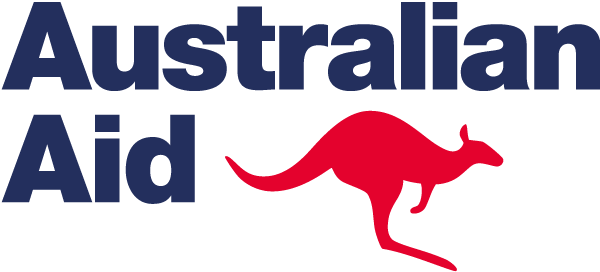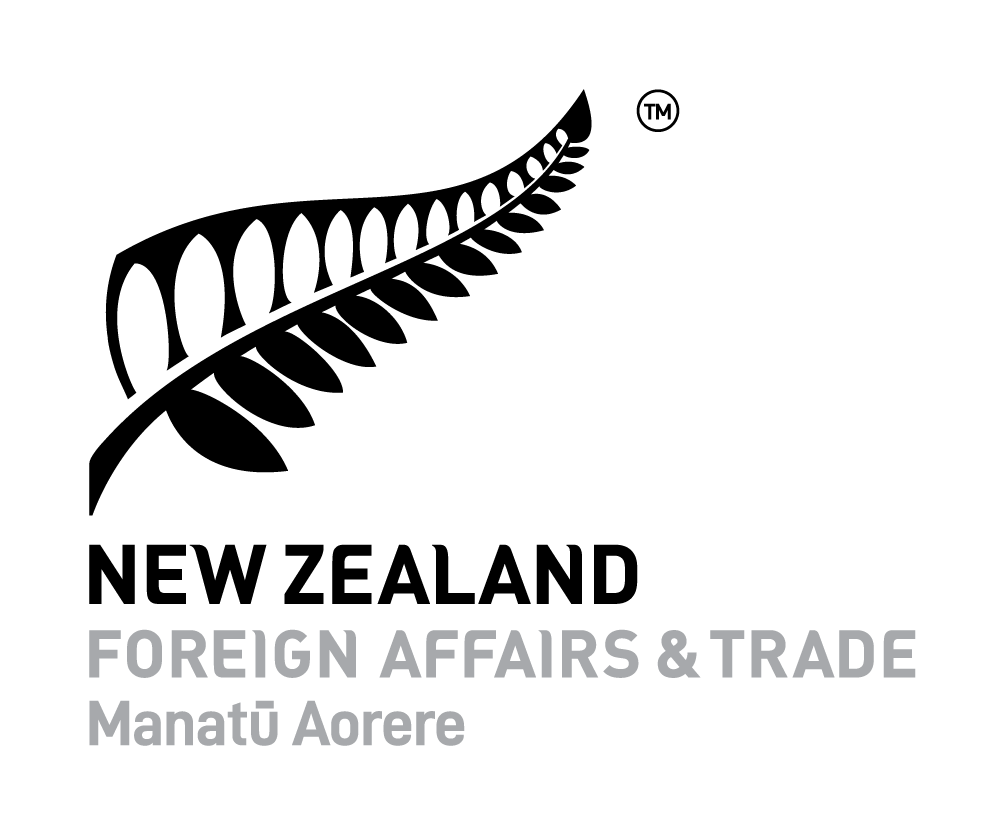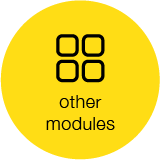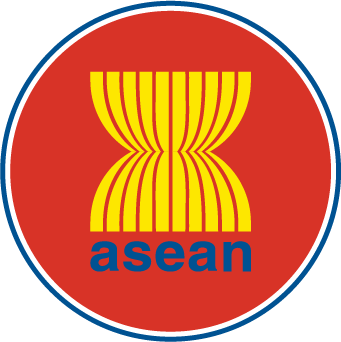
for the Implementation of International Standards
related to Sanitary and Phytosanitary (SPS) Measures

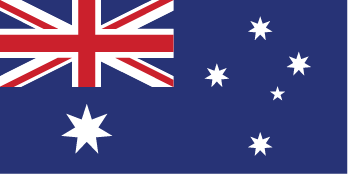
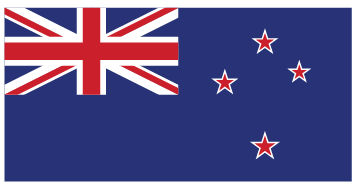
ECONOMIC COOPERATION SUPPORT PROGRAMME (AECSP)
Disclaimer
This e-learning module has been developed for the teaching purposes and material contained in it is of general nature.
It is not intended to be relied upon as legal advice and the concepts and comments may not be applicable in all circumtances.



ECONOMIC COOPERATION SUPPORT PROGRAMME (AECSP)
Recall from module 4.2:
First steps in Import Risk Analysis (IRA)
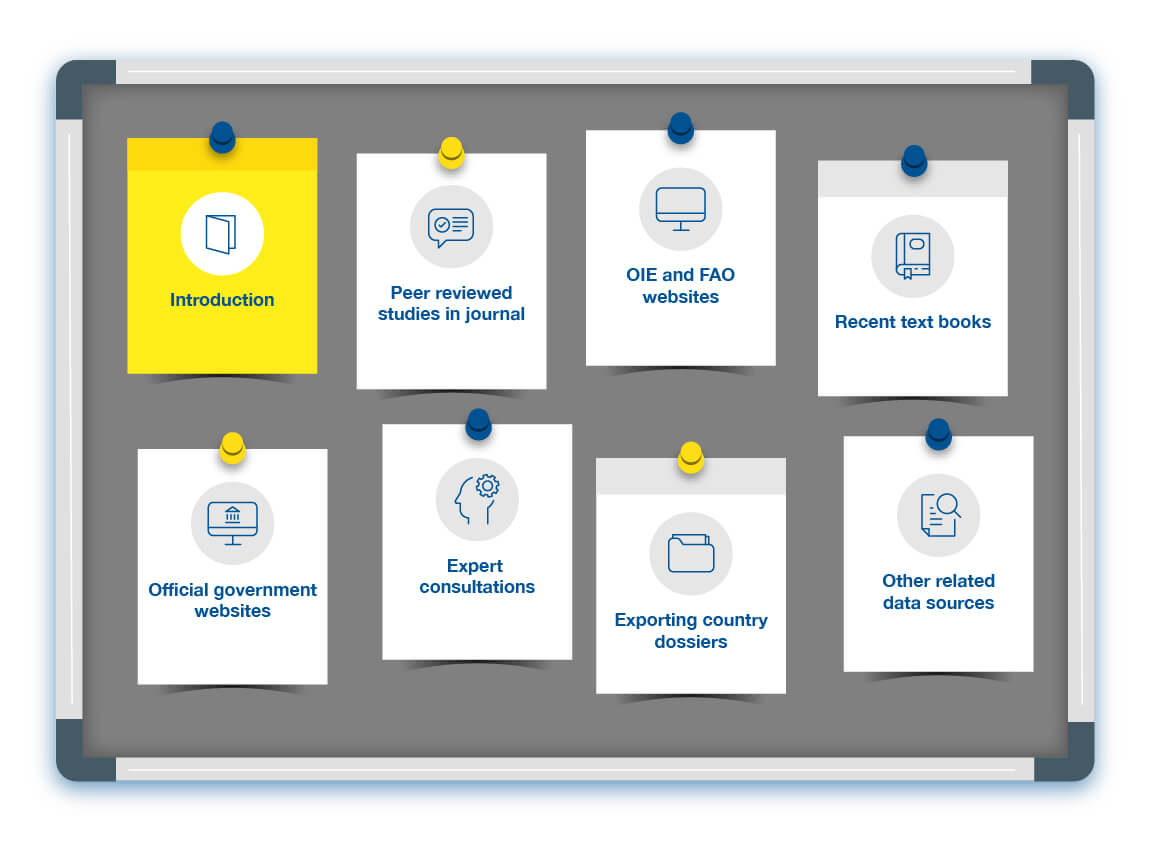
















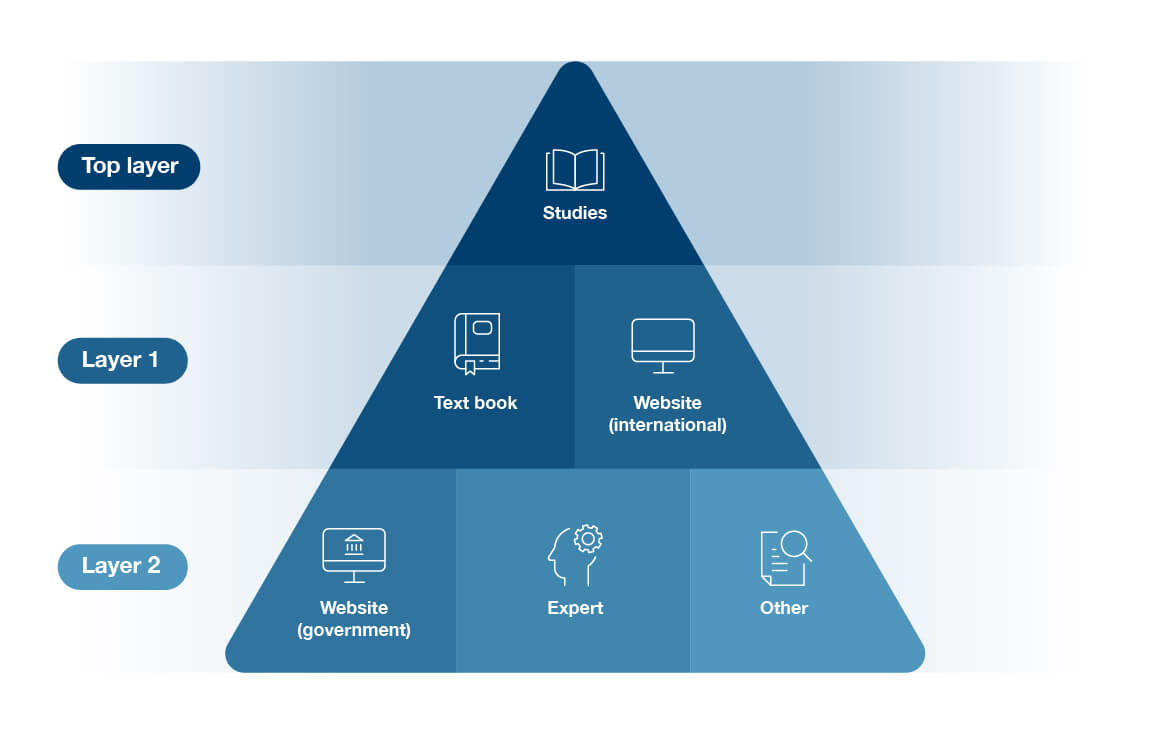














Finding the peer-reviewed studies you need can be challenge. Here are the answers to some frequently asked questions about sourcing peer-reviewed studies.
One way of finding peer-reviewed studies is to use a bibliographic database. Examples of these include ‘Web of Science’ or ‘Google Scholar’. ‘Web of Science’ is probably the most useful but can be expensive. ‘Google Scholar’ is free to access. Studies may appear on ‘Google Scholar’ that are not peer-reviewed. You can access ‘Google Scholar’ through this link. You can view more about Web of Science through this link.
Some peer-reviewed studies are open access. Open access studies can be downloaded by anyone. In other cases, peer-reviewed studies have to be purchased or the user must have a licence. Government departments can buy subscriptions to access peer-reviewed studies.
Recent studies are best because the authors should consider and discuss the previous studies relevant to their work. In some cases, there may be no recent studies on the hazard of interest.
All journals are not equal. There are several indicators of journal quality. When deciding what journals to use consider impact factor, relevance to the field, general tone and history of publications. In some fields, journals are ranked.
Textbooks are great resources for IRA, especially if they are recent
The official disease status
The OIE has a mandate from the WTO to officially recognise disease-free areas of countries for trade purposes for six key diseases. The OIE website publishes this information in their official disease status section. You can access this area through this link
Specific disease information
The OIE publishes information about specific animal diseases. You can access it through this link.
Publications
The OIE standards such as the Terrestrial Animal Health Code and the Aquatic Animal Health Code can be downloaded from the OIE website or accessed online. They are also located in the resource tab of this module. The OIE standards are the most important documents on the OIE website. As well as these, the OIE produces its own publications such as the OIE Scientific and Technical Review and the OIE Bulletin
WAHIS
The OIE also hosts the World Animal Health Information System (WAHIS). Anyone can access WAHIS and it provides useful information on the OIE-listed diseases.
In particular, the system offers real-time alert notices for OIE-listed diseases and six monthly information updates on all diseases. Watch the video in the next slide for more information on WAHIS.
Expert opinion
Example government website
This is an example of some information on Avian Influenza from the Australian Department of Agriculture website. You can access this information through this link.
Other sources information
There are plenty of other sources of information than those listed previously. The additional sources of information you may be able to use depends on the scope of your risk analysis. Here are a few ideas.
When you find information, it is important to evaluate it to decide if it is credible. If you use information in an IRA that isn’t credible, you have not fulfilled your obligation to conduct an IRA that is evidence-based.
You can evaluate the credibility of information by considering a number of factors. We looked earlier at the evidence hierarchy. Here are some other factors to consider. There is no set way of evaluating information.
We saw in earlier slides that some sources of information provide stronger evidence than others.
Quality publications will list the author and usually the organisation that they work for. Be careful of publications that don’t list the author. Also consider the credentials of the author and whether they could be biased.
This links with the evidence hierarchy. Peer-reviewed information is considered more credible.
If the information has a reference list or refers to known experts, it is likely to be more credible than information without any references.
The OIE International Standards
Using existing IRAs
Questions
Expert opinion is the strongest type of evidence.
The following is an example of a bibliographic database.
What does WAHIS stand for?
The module cover four key points
The OIE International Standards should be your first point of call when sourcing information.
Peer-reviewed journals, textbooks, official Government websites, expert consultation, exporting country dossiers and the FAO and OIE websites are all potential sources of information.
Not all information provides the same strength of evidence.
Always evaluate the information you obtain.



ECONOMIC COOPERATION SUPPORT PROGRAMME (AECSP)

